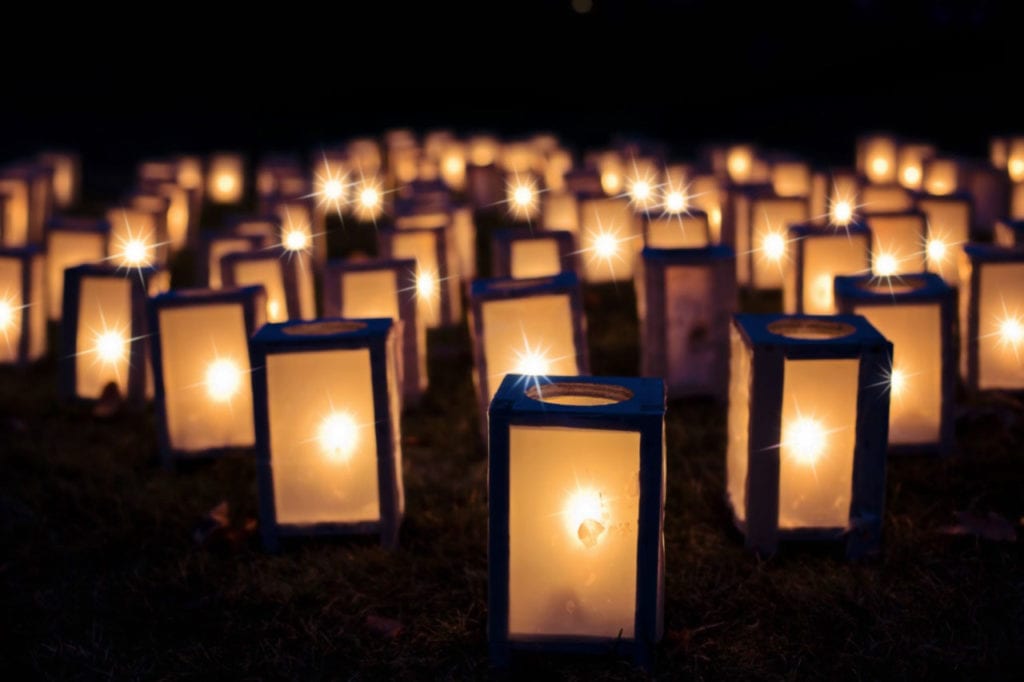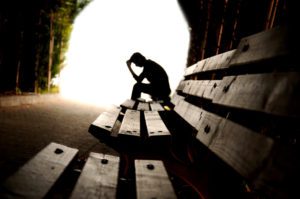Written by Dr. Donna Nicholson

Continued from Part One
Content Warning: Suicide, Self-harm
In the predawn hours of November 9, 1999, my husband traveled east from Arizona to New Mexico and at some point, he made a fateful turn onto the Zuni Indian Reservation. With that turn his intention was clear–to kill himself thereby releasing the tangled mess his life had become because of his mental illness. He was also driven to escape the suffocating, black depression of his illness. He put his 45 under his chin and pulled the trigger. Incredibly, he did not die. He was in a coma for many weeks and after finally regaining consciousness, he spent quite some time in a rehab hospital. Eventually he was able to live alone even though he was cognitively impaired. He died of a massive heart attack in January 2004.
Up until our divorce in 1998 I was his major support and dealing with one unimaginable challenge after another. So great and consuming were those challenges that in the nine years after the accident I had not taken time to grieve. I was afraid if I did, I would shatter into a million pieces and would not be able to put them back together. However, the stages of grief must be acknowledged and experienced to find the way to peace and healing. And it was clear I so desperately needed that.
The enormous wall of emotion I had been holding back since his accident in 1990 resulting in his mental illness finally came crashing down on me one cold January evening. I sat quietly looking at the flames in my fireplace until I could no longer see them for the tears falling. I asked God to help me let it all go because I simply didn’t know how or where to start. With my prayer said, I took a deep breath and with great racking sobs I finally let it all go.
People who have been through traumatizing events will often say in retrospect they are grateful for the experience because they learned so much. After many years I understand why they say that. I too gained wisdom and knowledge. However, being a support system for someone with mental illness is confusing, and lonely. Thankfully, there is now a great deal written about mental illness but there isn’t as much written about those who support mentally ill family members or friends.
In writing my book Shattered Tragedy on the Mountain: Living with Traumatic Brain Injury and Bipolar Madness, I wanted to share what my experiences had taught me. When I finally decided to write my painful story, I knew it would be difficult. I was not prepared for it being so cathartic.
My journey to healing and ultimately to peace taught me:
- Even though I tried to handle the crisis in my life alone, I should have realized sooner that is not possible. I had many people willing to help me, and I should have just let them with a grateful heart.
- Crying is an act of cleansing and surrender. Surrender is critical to healing. Crying is not a weakness even though at the time I thought it was.
- How we deal with tragedy and life’s trials and tribulations says a lot about us. What happens to us is not as critical as what we do with it.
- Understanding the things in life that are in our circle of control as opposed to those in our circle of concern leads to healing and peace. Anguish comes from not knowing the difference between the two. This is especially true when you are in a crisis.
- Happiness is an inside job, and it is a choice. True happiness cannot be found outside yourself. When you learn that then choosing happiness no matter what is going on around you becomes easier.
- Humor is a gift. No matter what horrible event is happening try hard to find something that makes you laugh. Laughter is healing. I initially felt that giving into laughter was a betrayal of the gravity of my husband’s condition. It was not. Laughter made it possible for me to retain my sanity.
- Security is an illusion. I learned that the world as you have known it can be gone in the blink of an eye. Once I learned this, I was able to appreciate and be sincerely grateful for the moment in which I am living.
I have often been asked how I could write such a very personal and intimate book. The answer lies in one of my initial experiences presenting the book. The national launch for Shattered was part of a mental health conference in Colorado. After I had made my presentation, a woman came to talk to me, and she shared a heartbreaking story. She said her soldier son had come home from Afghanistan with a traumatic brain injury. He told her that the black depression that comes with such an injury was more than he could stand. She said two weeks ago he had killed himself and since then she had not been able to function. She could not leave her house and believed she would never be able to get over the loss. She attended the conference only after her friend insisted. With tears flowing down her face she said, “after hearing your story and seeing that you have come through your loss, I believe I can too”. Through the years many of my readers have told me how much my book has helped them. Helping people in this way is how and why I came to write Shattered.
If you are struggling with thoughts of self-harm or suicidal ideation, you’re not alone. Call 988 for immediate support: 988 Suicide & Crisis Lifeline – Call. Text. Chat. (988lifeline.org)






